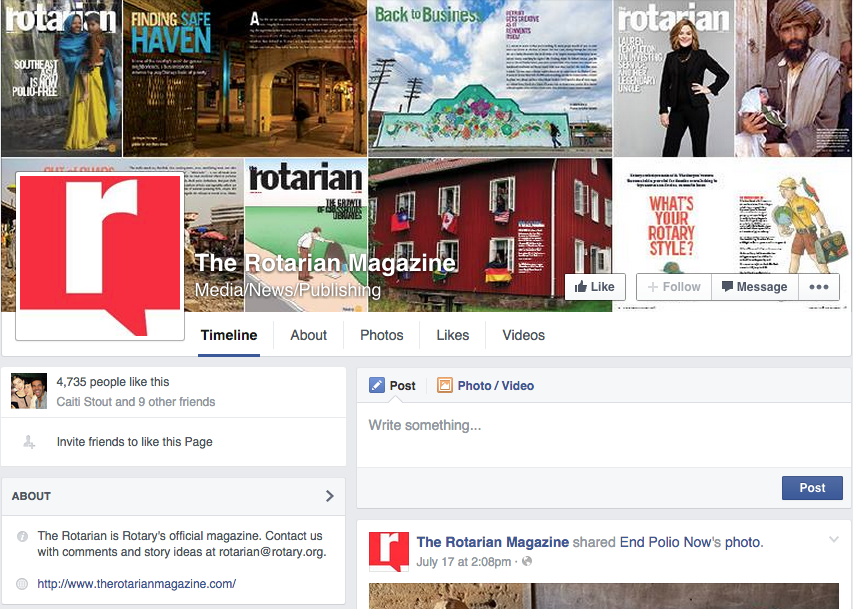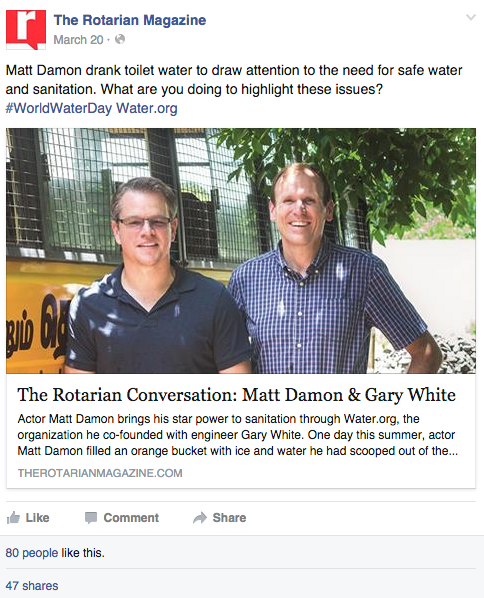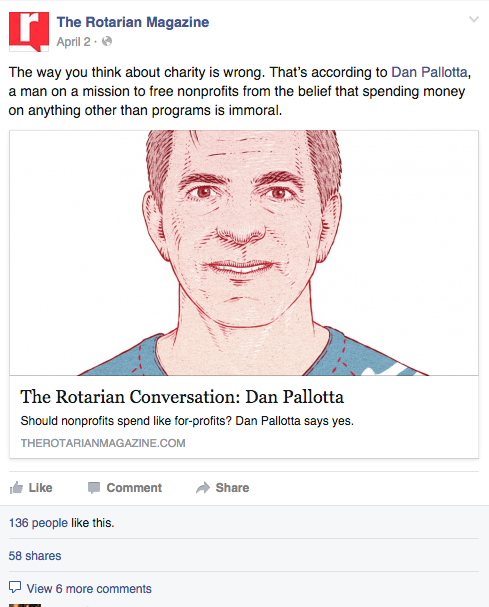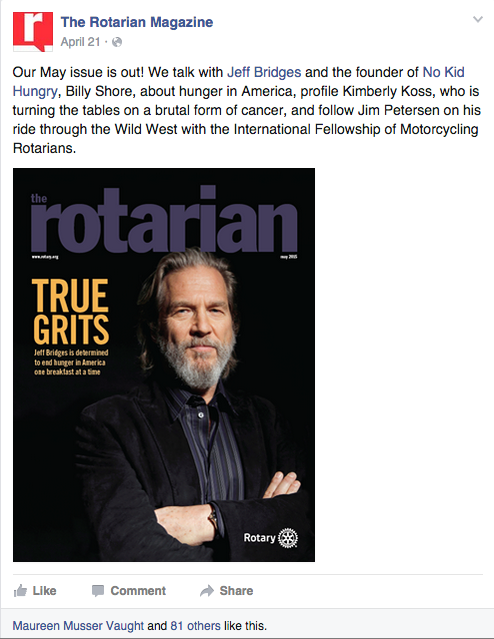web design & digital content production
The challenge: Introduce a 104-year-old print magazine to the world wide web. The Rotarian is the official magazine of Rotary International, an organization that connects 1.2 million members to provide humanitarian service throughout the world. The magazine's look, story selection, and contributors (who have included P.J. O'Rourke, Alex Kotlowitz, Scott Turow, Guy Billout, Nicholas Kristof, and Sheryl WuDunn) could easily stand against some of the best in the publishing world. But because the magazine is for Rotary members only, it only reached as far as their mailboxes and the circulation stopped there.
Rotary has long suffered from an identity crisis--ask anyone and they'll tell you it's seen as a proselytizing Middle American, small-town (old) men's group. It wasn't until 1987 that women were even allowed to join the clubs. But slowly the organization began to change, and with it came the pressure to revitalize Rotary's brand in an effort to attract younger members. And what better way to sell Rotary's story to young hopefuls than with the glossy pages of The Rotarian magazine? There was only one problem: How were they supposed to get their hands on the magazine if it only went out to members?
Realizing the potential, I decided to produce and manage the magazine's first digital edition, therotarian.com. We would showcase our best features, news stories, and art, and make it available to everyone. The print and digital editions would work together, and once a reader finished flipping through the pages, they'd be encouraged to head online to view extra photos, videos, and exclusive web stories. And anyone who wasn't a Rotary member could do a simple Google search, and find The Rotarian as a leading tastemaker in the humanitarian news genre. Our stories could finally be shared, and we were finally reaching a bigger, more external audience.
And it paid off. The Web site brought in an average of 15,000 users a week. Our stories were being picked up by The Christian Science Monitor. Celebrities and thought-leaders like Kareem Abdul-Jabbar, Jeff Bridges, and Malala Yousafzai were sharing our stories on social media.
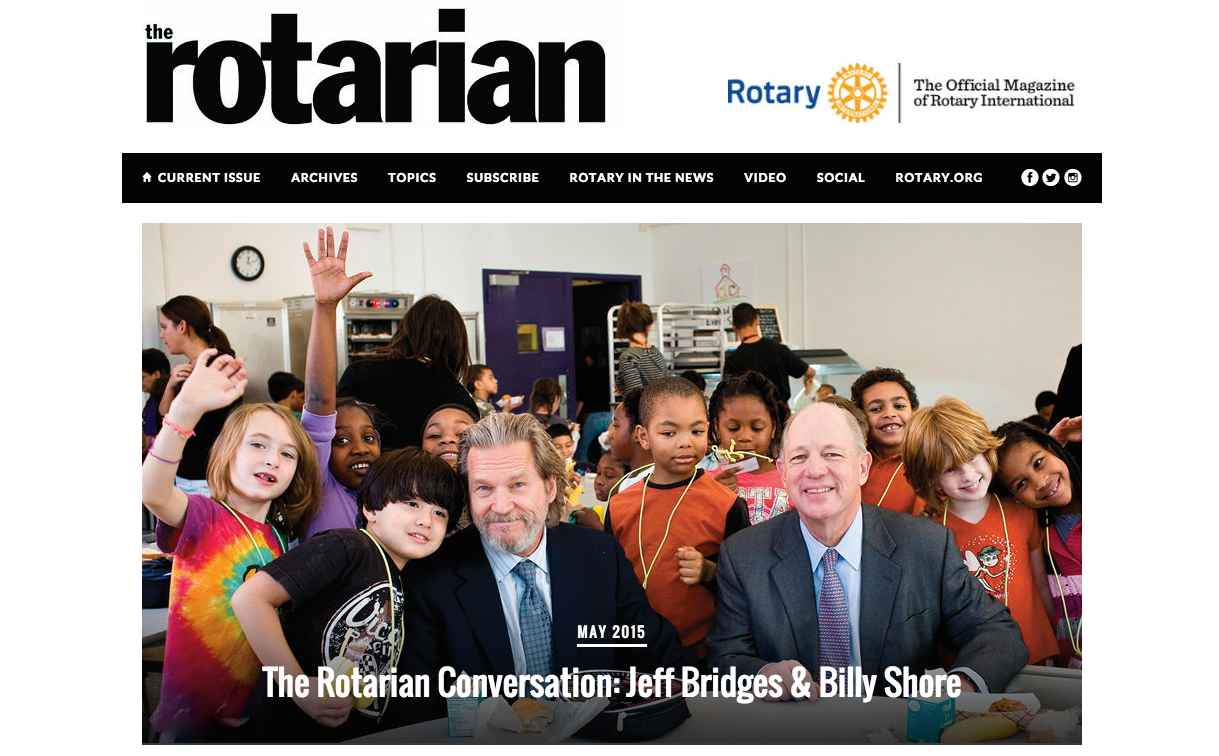
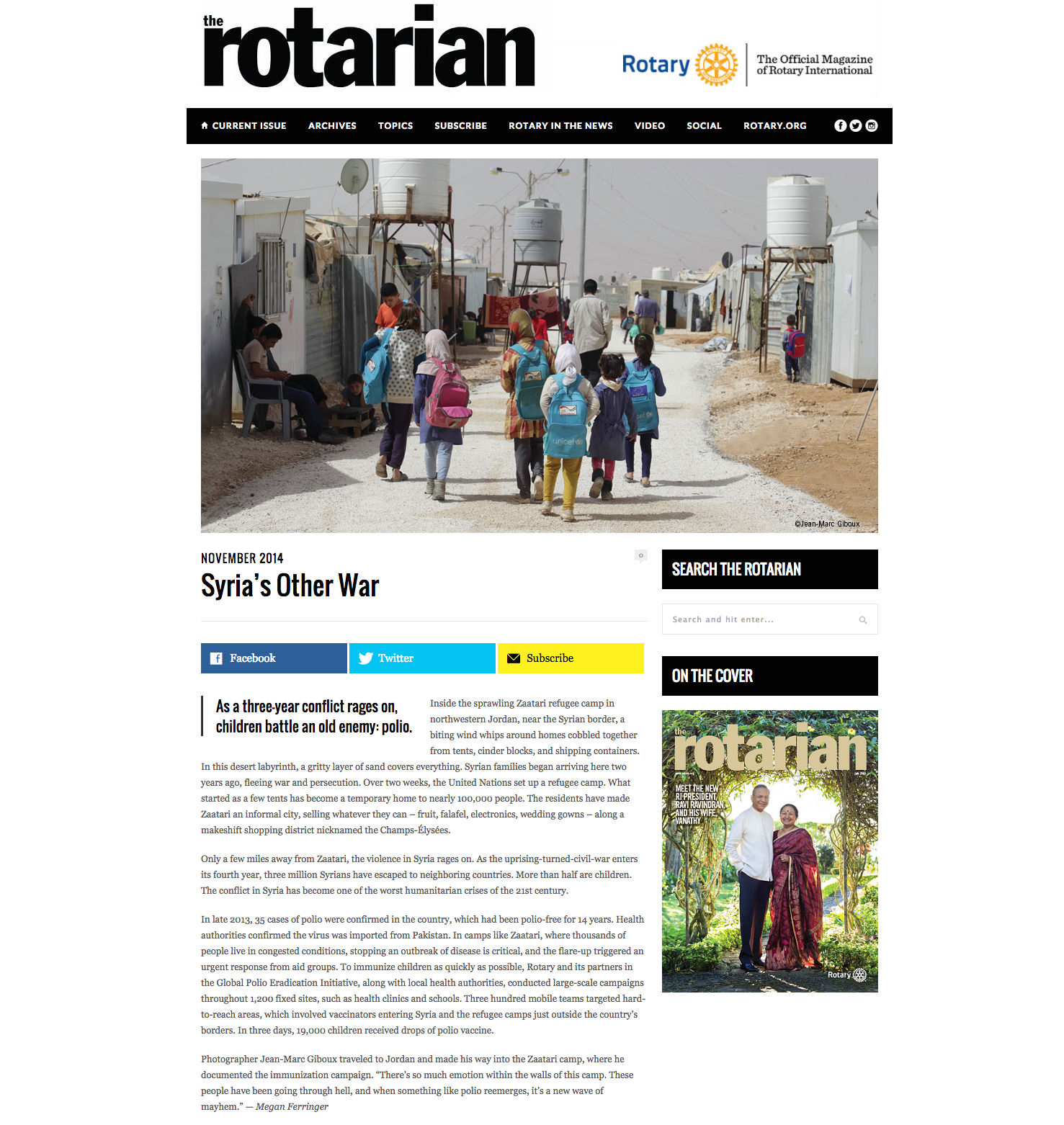
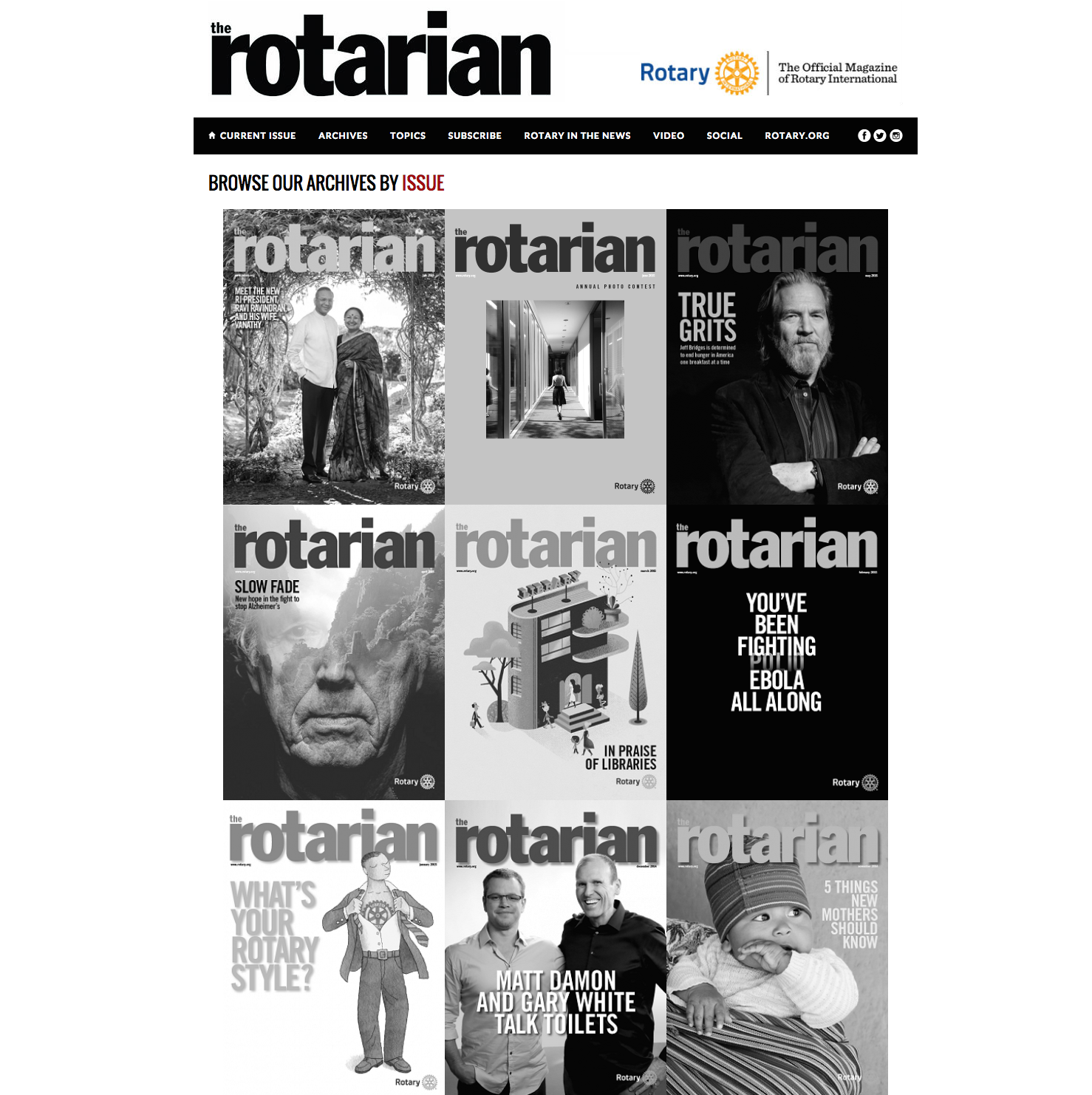
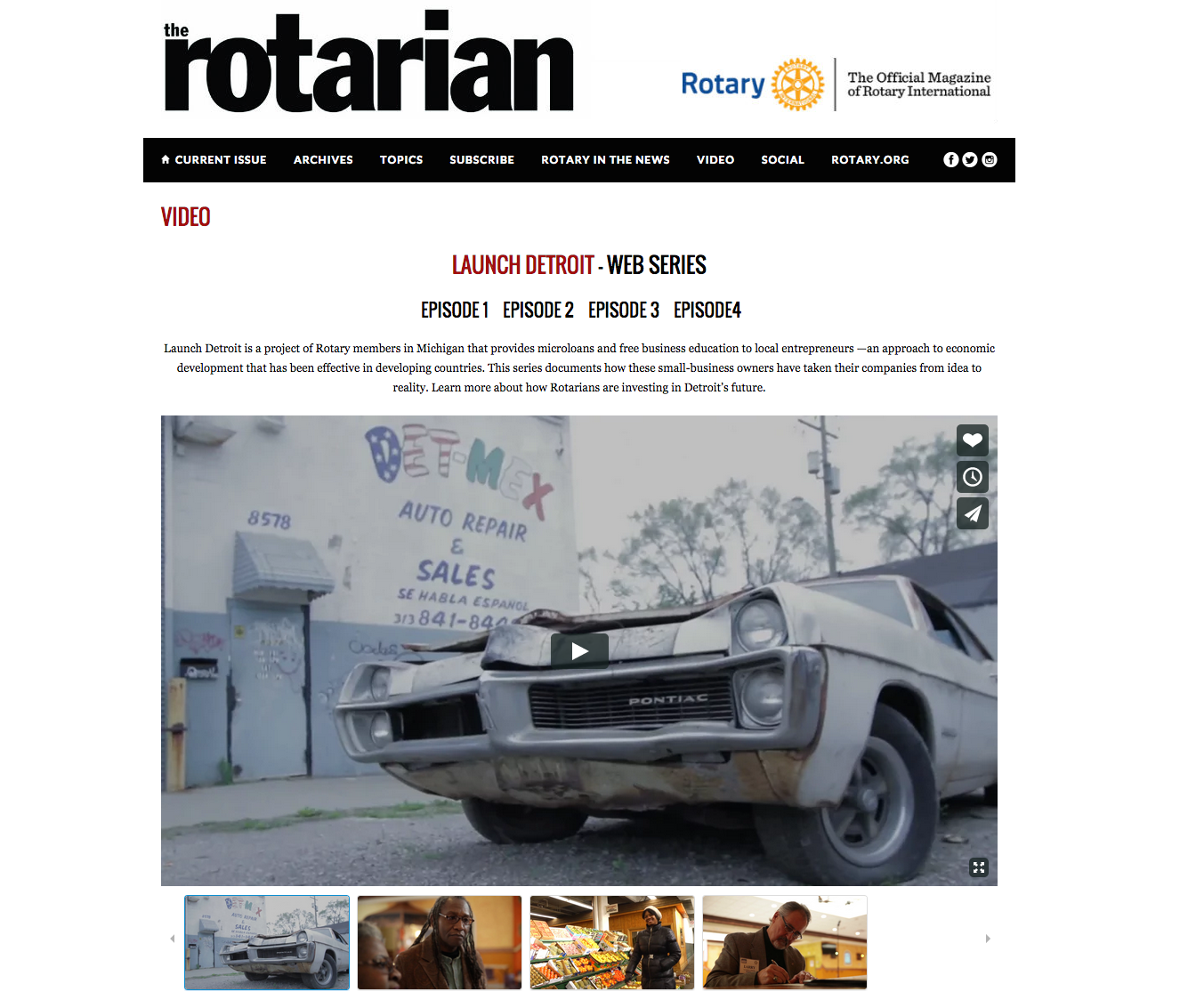
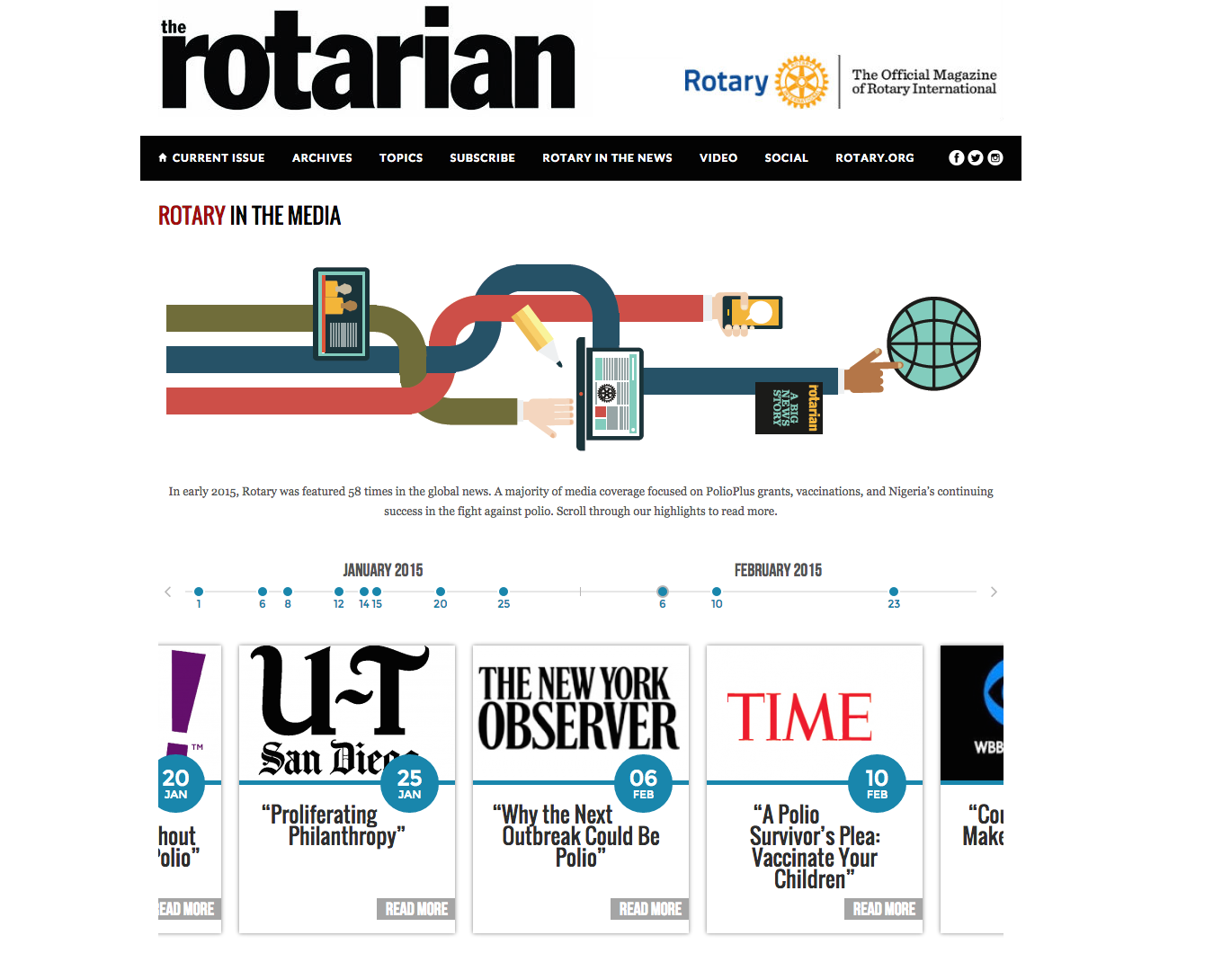
social media
Creating and managing The Rotarian's Web site was just one piece of the puzzle. We needed a way to promote our content (now that we could share our stories) and connect with potential readers. I launched the magazine's first Facebook page, marketing it as a leading news source for humanitarian news and not as a membership magazine. The language steered clear of internal jargon, and instead remained casual, fun, and inviting. It became a platform to launch campaigns and contests, engage with readers, connect with similar organizations, promote our stories, solicit story ideas, and connect our own features to current events. Within a year, the page had more than 5,000 followers.
